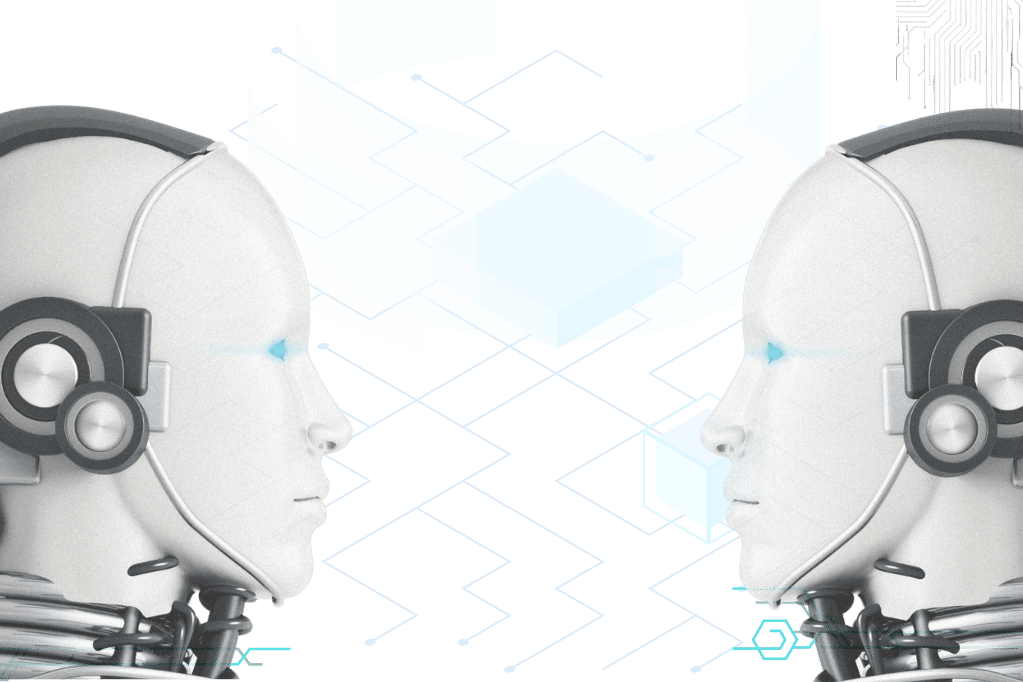Peering into the looking glass of artificial intelligence (AI), we’re often cautioned about the “hallucinations” that Language Learning Models (LLMs) might produce. And yes, while it’s a concern worth acknowledging, I’m here to guide you through a compelling argument that LLM hallucinations, often decried, aren’t all that bad. In fact, they might just be the yin to the yang of AI’s capabilities.
Unveiling the Facets of LLM Hallucination
Before we decry the concept altogether, it’s crucial to understand what LLM hallucinations are. LLMs can produce text that carries meaning, but that doesn’t mean it’s always accurate. The difficulty lies in LLMs’ learning processes, which consist of predicting and approximating sentence structures without truly ‘understanding’ as humans do. Consequently, they may inadvertently usher “hallucinations” into their output, which are difficult to differentiate between insight and illusion.
The Implications We Can't Ignite
We’ve seen the ripples of these hallucinations, which sometimes cause tidal waves of disruption. Consider Google’s chatbot, Bard, live launch event where an erroneous output/response led to a $100 billion tumble in the tech giant’s stock value (see article for more information).
In another instance, a court case resulted in the plaintiff lawyer’s “fall from grace” influenced by a 10-page brief filled with fictitious legal precedence generated by ChatGPT (see article for more details). These scenarios are but a few examples from a long list of misleading occurrences attributed to AI hallucinations.
The Unspoken Advantages of AI's "Hallucinations"
For every misstep, there’s a stride—an innovative step forward. AI’s “hallucinations” can inject creativity and novelty into its output by threading together responses that human logic might not fathom. But it doesn’t end there. These figments can also fill in gaps in information with astonishing coherence and generate content that does not aim for precision or accuracy but somewhere within the lines of intuitively correct and engaging. Below are a couple of examples to ponder on:
- Entertainment – Take a playwright for instance. He or she may be looking for wild ideas that can transform into a compelling story that plays on the border of fiction and reality. The objective is to make it convincing enough for the audience to accept the plot as a plausible occurrence, yet provide enough novelty to trigger the senses through the unexpected.
- Beyond entertainment and engagement, hallucinations can be used as a tool to minimize, if not prevent, hallucinations. Encountering and analyzing hallucinations in outputs can be valuable for researchers and developers as they work to improve AI models. Understanding the conditions under which hallucinations occur can help in developing more robust and reliable systems.
The Parrying of Potential Pitfalls
Acknowledging the tightrope walk, AI navigators face is crucial. To mitigate the risks of hallucinations, strategies such as retrieval-enabled models, self-consistency checks, and prompt engineering stand at the forefront. These guardrails steer the AI’s course back to accuracy and away from the edge of misinformation. Here are some strategies to take to improve the LLM’s accuracy or trustworthiness:
- Retrieval-enabled models – These are models that first retrieve relevant data or documents from various sources and use the information to inform their LLMs response. This grounds the responses on retrieved (relevant) data instead of the output being based purely on patterns in the training data.
- Self-consistency checks – This method involves the generation of multiple answers to the same question from the model. The idea is that a correct and reliable response will be consistently produced across different compositions of the same question or even varied internal parameters of the model.
- Prompt Engineering – This involves carefully formulating the input or ‘prompt’ given to the LLM to elicit the most accurate and relevant information. This can include structuring the prompt to reduce ambiguity, leading the model with specific instructions or framing the questions in a way that encourages the model to access the most relevant parts of its knowledge.
Harnessing the Benefits, Avoiding the Downside
If used wisely, AI-generated content could be the ‘secret sauce’ for creativity in industries that face the brunt of routine and rigidity. However, given the current state and nature of training LLMs – data used to train LLMs come from various sources, usually the web, which can contain facts, embellished, fake, biased, and myriad of information – it would be prudent to say that the content they produce will require some level of human verification or oversight to harness AI’s potential without succumbing to its pitfalls.
Opinion pieces can often be read as warnings against the potential hazards of new technologies. However, in the nuanced world of AI, it’s imperative to also appreciate the shades of gray. By utilizing the creative and insightful capabilities of Large Language Models (LLMs), we can envision a future where AI serves not only as a repository of knowledge but also as a collaborative partner in shaping human narratives.
This doesn’t mean we should forget the human touch that helps us tell facts from fiction. Actually, it’s the opposite. It’s like we’re being invited to strengthen our bond with AI, so we can keep learning from it and make sure it learns from us too.
Diving into the paradoxical world of LLM hallucinations? I’m turning the spotlight on you! What’s your take on the benefits and uses of LLMs in your world? On the other side of the coin, what wise strategies should we employ to navigate past those deceptive “hallucinations”? How can we equip ourselves with the knowledge and insight to see beyond the facade and make informed decisions that propel us forward? Your thoughts are the gold we need to map out this wild AI journey. So, drop your insights below or hit us up on your go-to social spot. Let’s keep this crucial conversation rolling!
Curious to learn more about AI? Check out our book review of “Introduction to Generative AI” by Numa Dhamani and Maggie Engler or our article on Advancing AI Capabilities with Responsibility.
